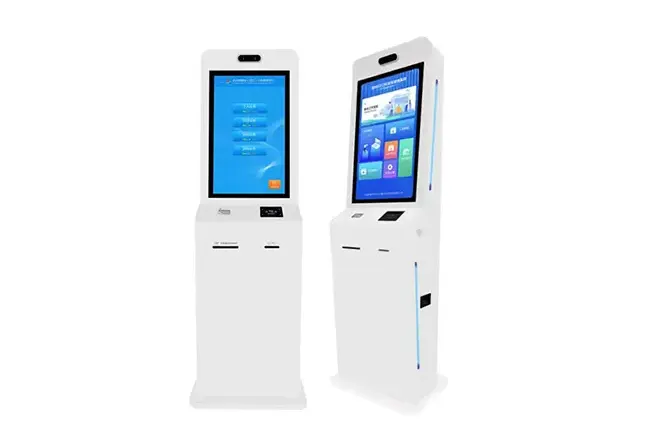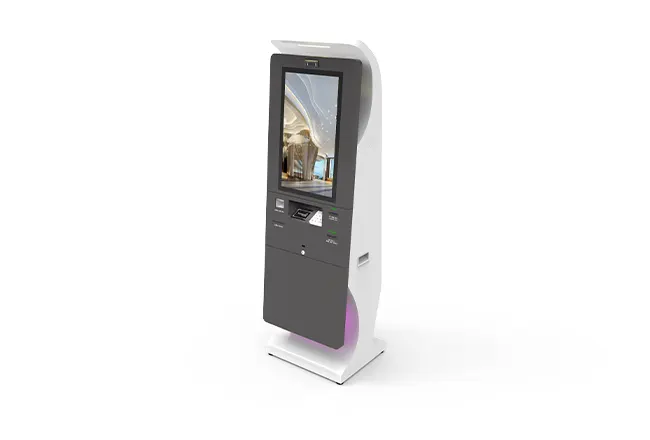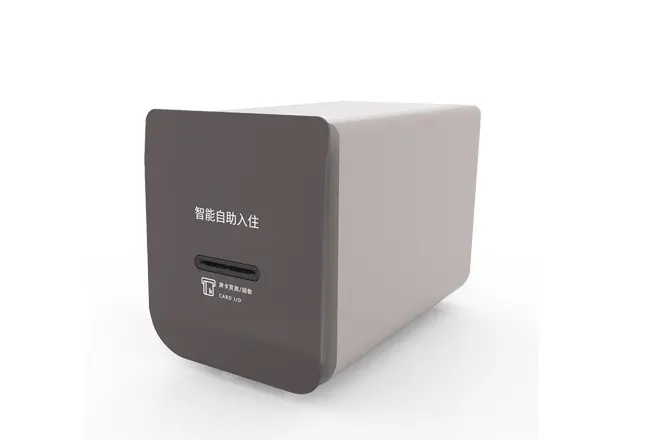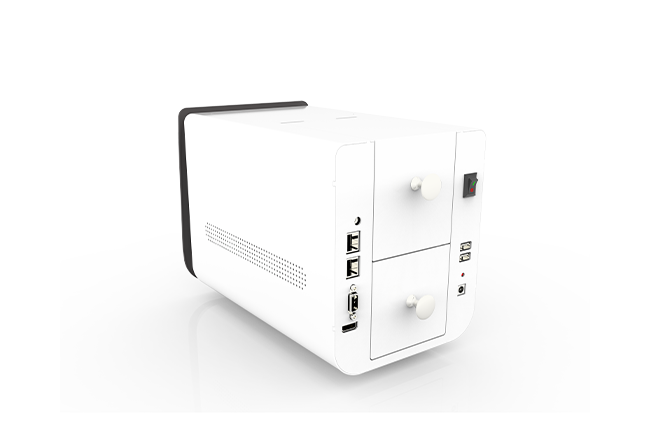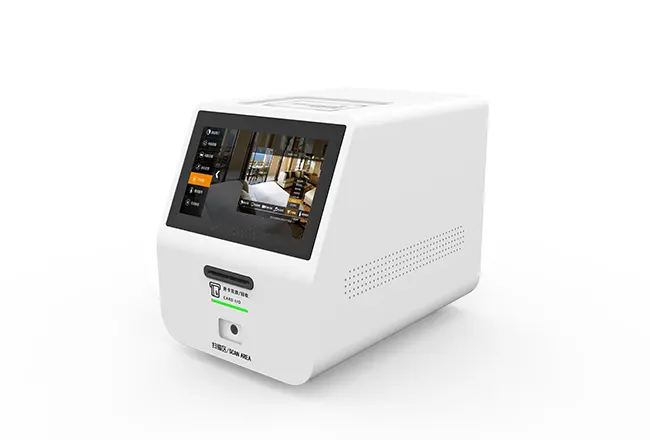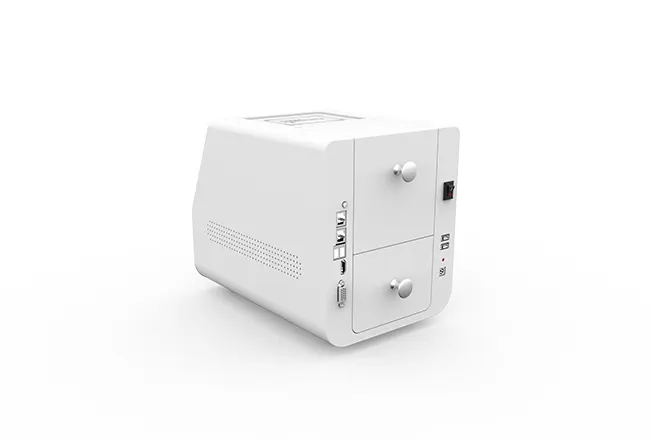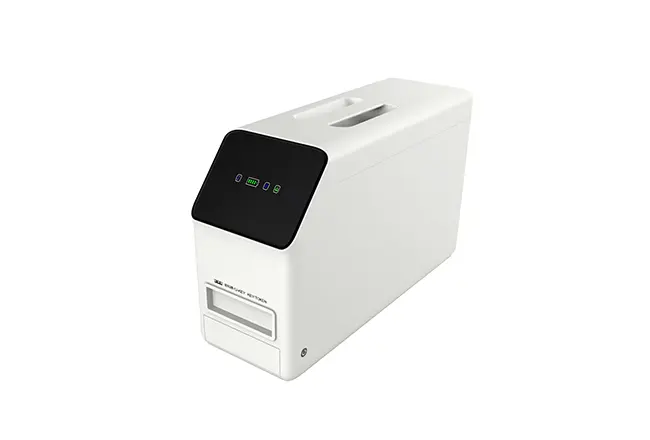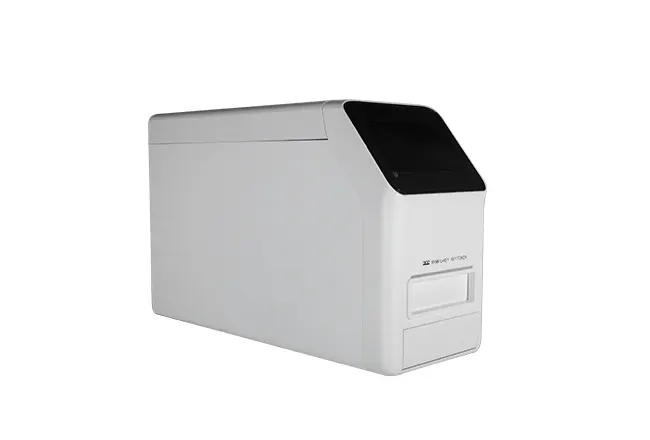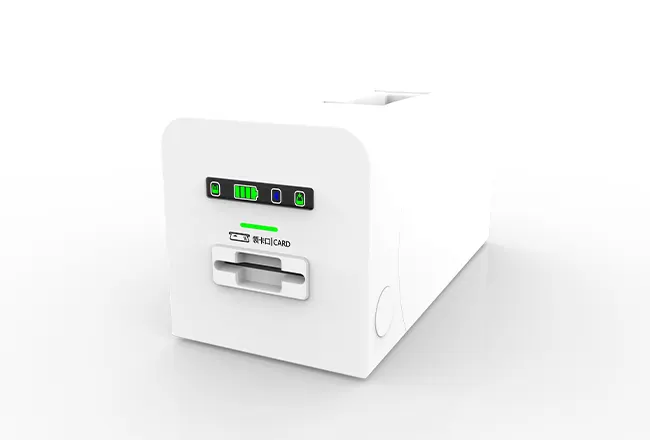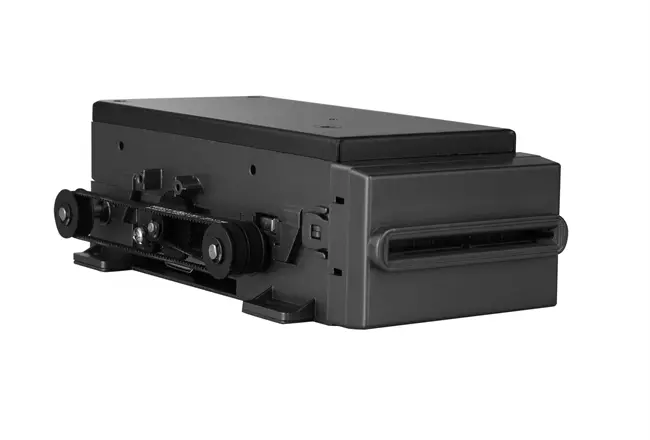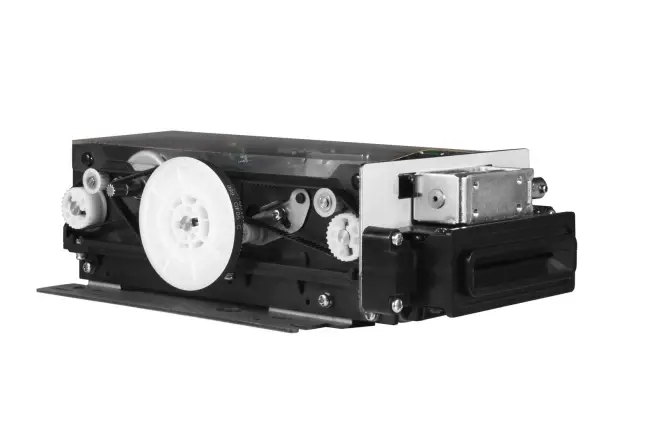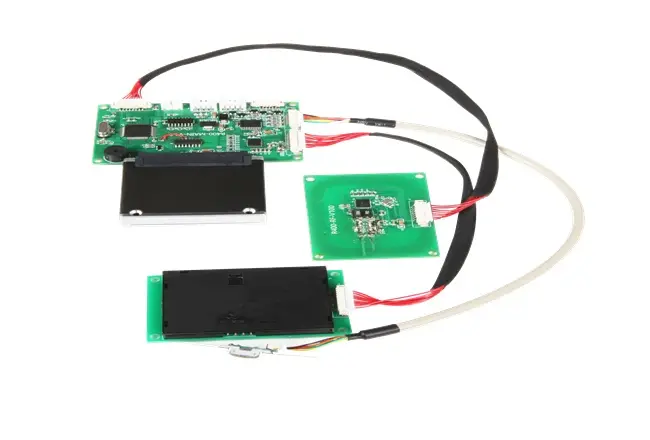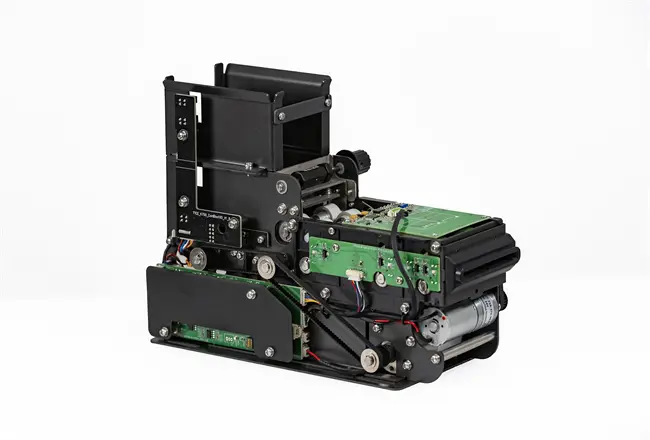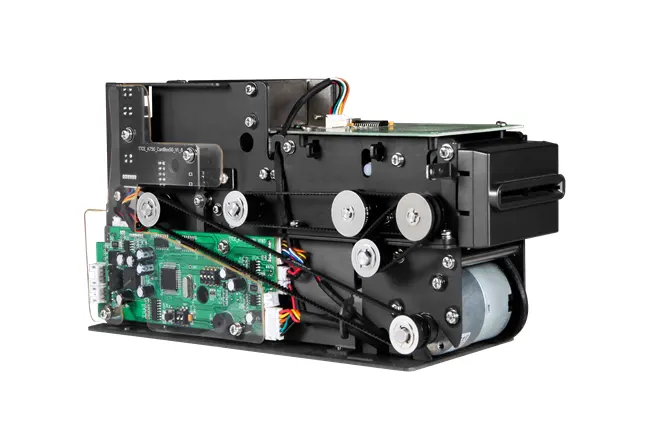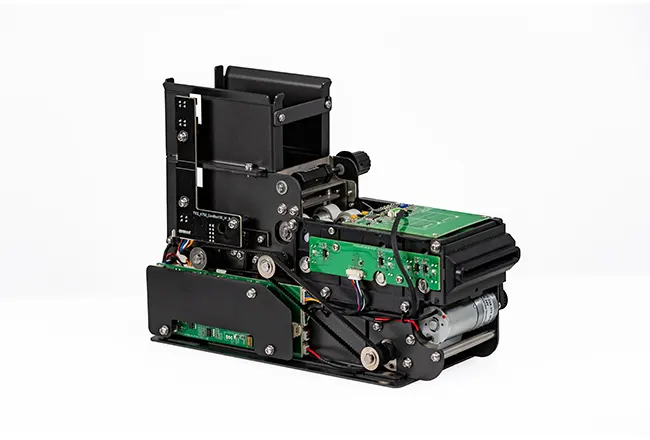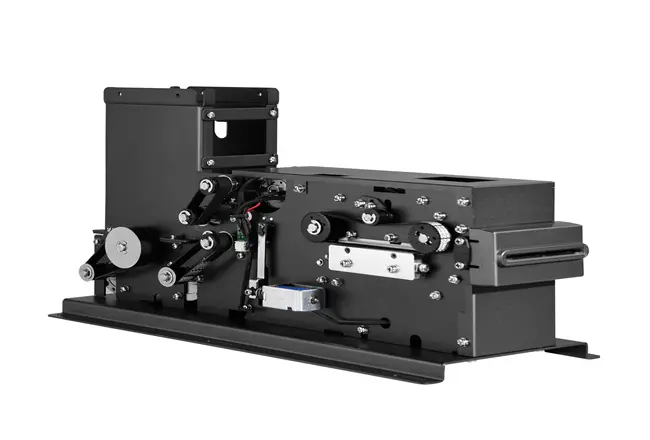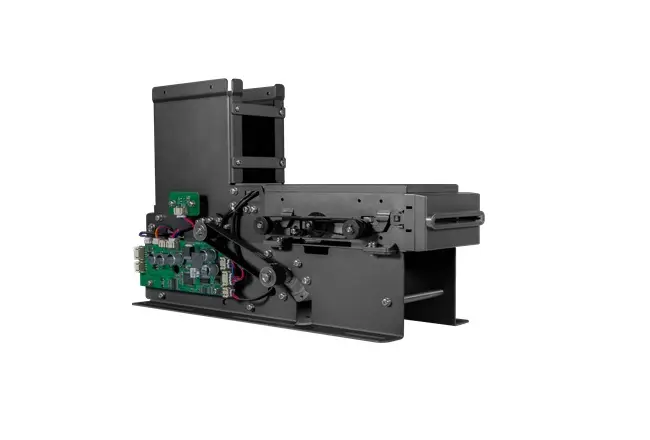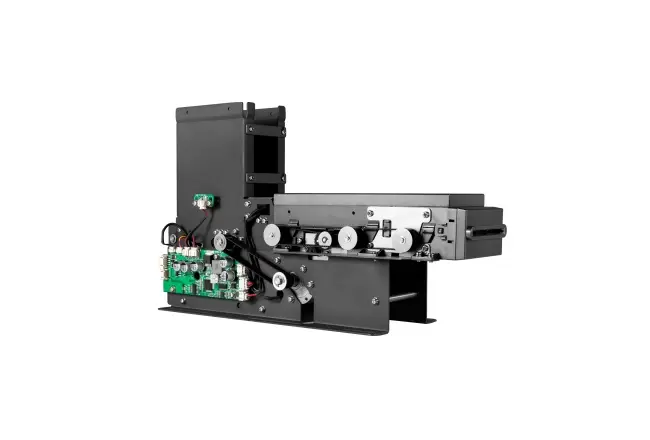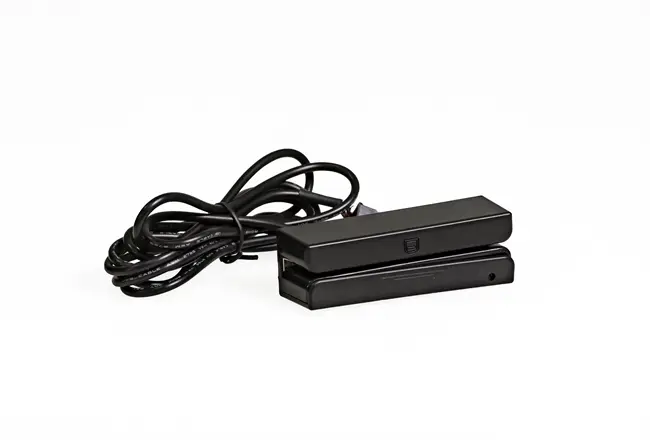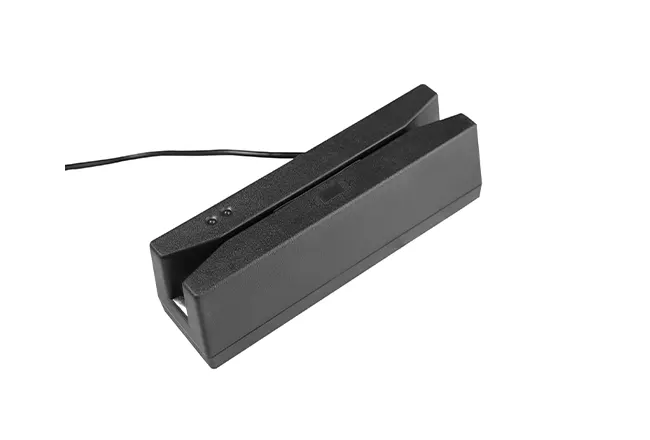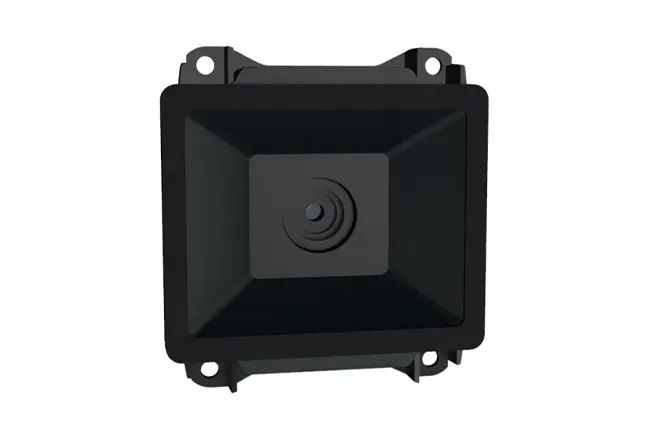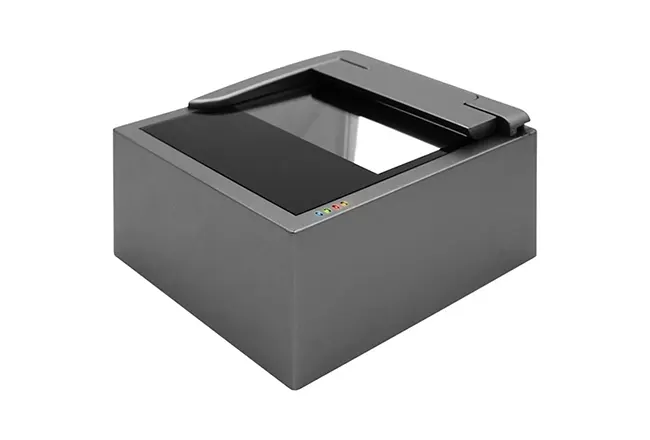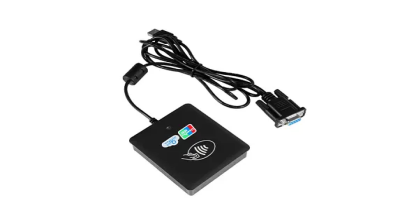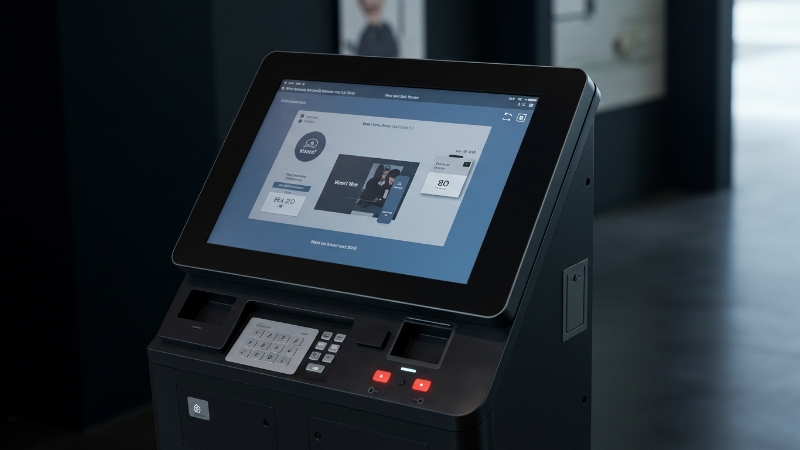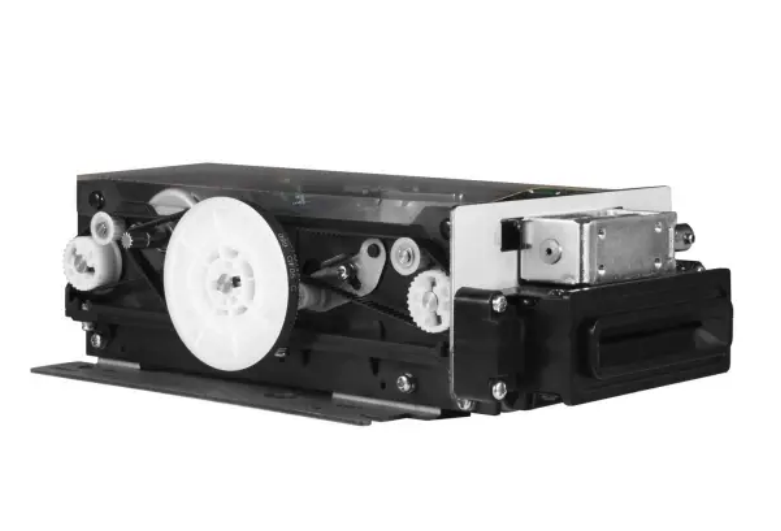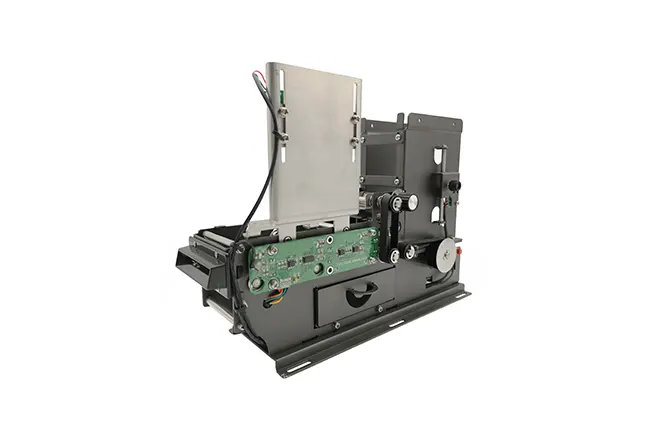Blog Related
Contact Card Readers or Contactless Tech: Who Wins the Battle?
2025-05-291 | The Contest Begins
A contact card reader still feels solid and familiar. You place the card into a slot, metal pads meet metal pins, and data moves in a path you can see. Many users trust that clear bridge between card and machine. Yet a rival now waits on every counter. With one light tap, a payment is done and the line keeps moving. Near-field communication, or NFC, removes friction and saves seconds. Both systems grew from the same smart-card roots, but each now carries its own set of strengths.
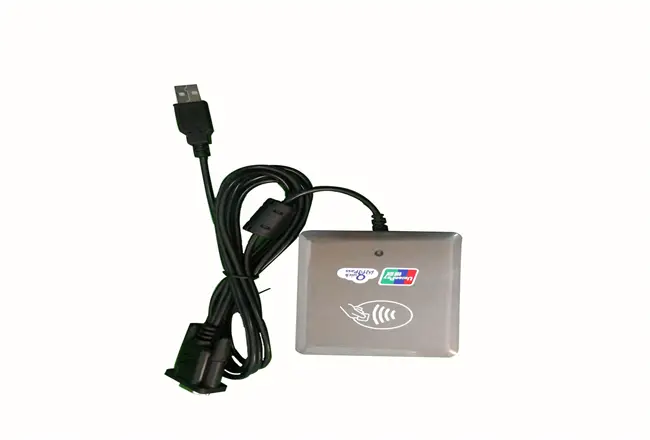
In busy stores, speed is money. Contactless readers win here because there is nothing to align or insert. Less contact also means less wear on terminals and cards, so upkeep costs drop over time. That promise attracts transit, retail, and self-service kiosks, where every delay hurts flow. Critics answer with a note of caution. They worry about “tap-and-go” skimming or cards firing off a payment while still in a purse. Modern tokenization, dynamic codes, and very short read ranges push those risks down, but the concern still shapes public opinion.
A contact card reader, by contrast, shines where you must prove absolute control. The user watches the card vanish inside the reader and feels the click of a fixed exchange. That tiny ritual builds trust in banks, hospitals, and secure gates. Regulators often prefer the proven audit trail of contact hardware. Newer models even pair the chip with biometric keypads or dual-factor prompts, adding fresh layers of defense.
❓ Why This Duel Still Matters Today
• Visible trust. Physical contact shows users that data is not in the air.
• Faster lines. Contactless keeps crowds moving and reduces staff stress.
• Regulatory fit. Many rules still list a contact card reader as the required baseline.
• Future proofing. Tap-and-go scales well with mobile wallets and digital IDs.
The question is no longer which system works, but which crown fits your checkout throne.
2 | Performance Under the Microscope
When businesses weigh the two titans, they look at three pillars: security, user feel, and life-cycle cost. Each pillar tilts the scale in different settings.
- Security insights
A contact card reader forces a direct electrical handshake. Attackers must be inside the device to eavesdrop, which is hard in public space. Contactless readers send data by radio, so defenses rely on cryptography. Most new NFC devices use:
• One-time EMV tokens rather than static card numbers
• Encrypted channels with rolling keys
• Read distances under four centimeters
These tools make a casual “drive-by” skim unlikely, yet risk perception still favors visible contact in high-value trades.
- Speed and user experience
Tap-to-pay is often three times faster than insert-and-wait. For small purchases that speed feels like magic. It also cuts the odds of abandoned baskets when lines look long. Contact devices move slower but create a moment of pause. That pause can matter for strong customer verification or large sums, where a deliberate step builds confidence.
- Durability and maintenance
No physical friction means contactless hardware lasts longer in harsh spots like subway gates or outdoor ticket machines. Fewer moving parts reduce failure calls and cleaning cycles. By contrast, a contact card reader gathers dust and suffers bent pins. Good design and scheduled service keep it reliable, yet lifecycle budgets must count those extra minutes of labor.
- Quick scorecard
• Contact card reader: peak security, proven rules, steady user trust.
• Contactless: rapid service, lower wear, cleaner surfaces, mobile-wallet ready.
• Enter the TTCE-RF610-A
Tianteng’s TTCE-RF610-A contactless reader shows how new hardware narrows every gap. It supports many RFID protocols, offers two SAM slots for secure keys, and plugs into RS232 or USB without custom code. Banks use it at smart ATMs, hospitals deploy it for patient ID, and hotels rely on it for guest check-ins. For brands seeking one unit to cover transit, retail, and kiosks, the RF610-A proves that contactless can match the stability once claimed only by a contact card reader.
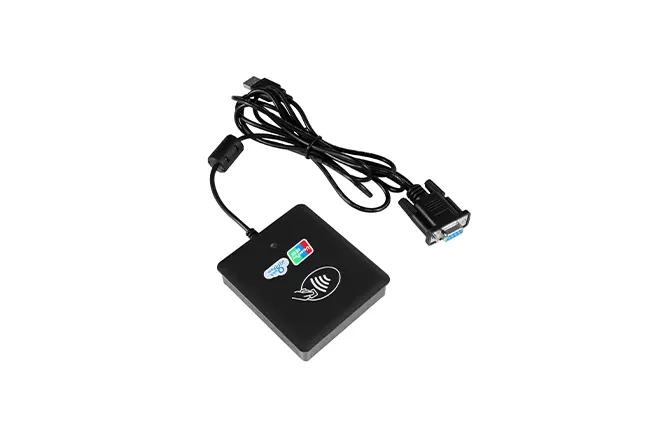
3 | Picking Your Champion
The last step is to map reader traits to real-world scenes. No single device rules all lands, yet each land now has a clear favorite.
When contact still wears the crown
• You handle high-value transfers or personal records.
• Users expect a tactile step that signals “secure zone ahead.”
• Local rules mandate chip-and-PIN or detailed audit logs.
Banks, defense sites, and government desks will likely keep a contact card reader line for years. Upgraded chips, tamper shields, and biometric pads extend that rule.
When contactless claims the throne
• You serve crowds that punish every second of delay.
• Cards suffer rough treatment, or terminals sit outdoors.
• Hygiene, speed, and mobile-wallet support rank above visible contact.
Transit gates, self-checkout lanes, and quick-service cafés gain most from tap-and-go. The TTCE-RF610-A, with its long life and multi-protocol brain, fits these stage lights. Its dual SAM slots satisfy strict encryption needs, while firmware updates keep it future-ready.
• Future Trends to Watch
✅ Mixed terminals grow common. A single box offers both an insert slot and an NFC pad.
✅ Tokenization spreads, shrinking the data value an attacker might steal.
✅ Biometric factors merge with both modes, blending “who you are” with “what you carry.”
✅ Mobile-only wallets may skip plastic entirely, yet will still lean on the same NFC core found in contactless readers.
• Key Takeaway for Decision Makers
Choose the reader that aligns with daily traffic, risk appetite, and service goals. For many firms, a phased path makes sense: keep the contact card reader for fallback security while rolling out contactless pads for speed-sensitive lanes. Hardware like the TTCE-RF610-A eases that bridge, because it drops into current systems and speaks the languages your cards already know.
Verdict in One Line
Contactless leads on speed and upkeep, but the contact card reader remains the symbol of rock-solid trust; crown your checkout based on what your customers value most – then let technology serve that promise.

